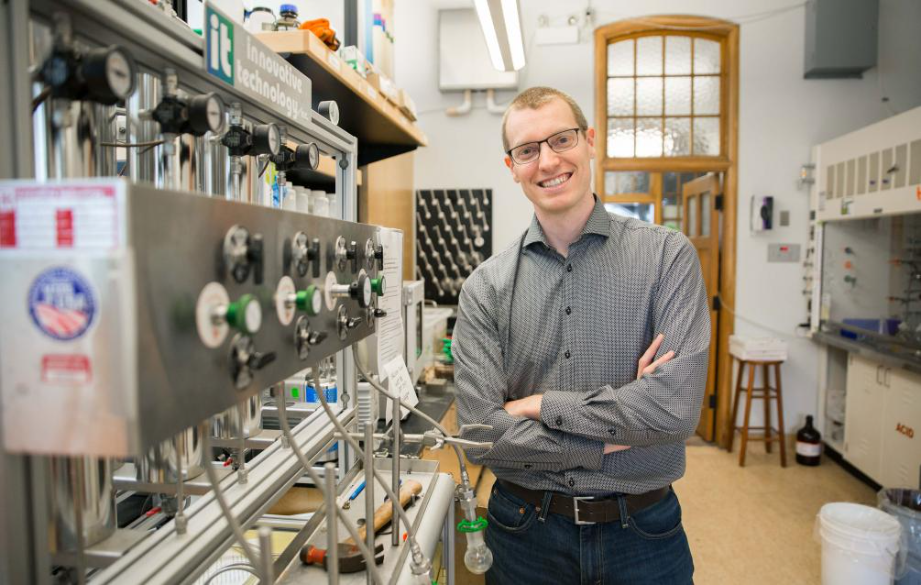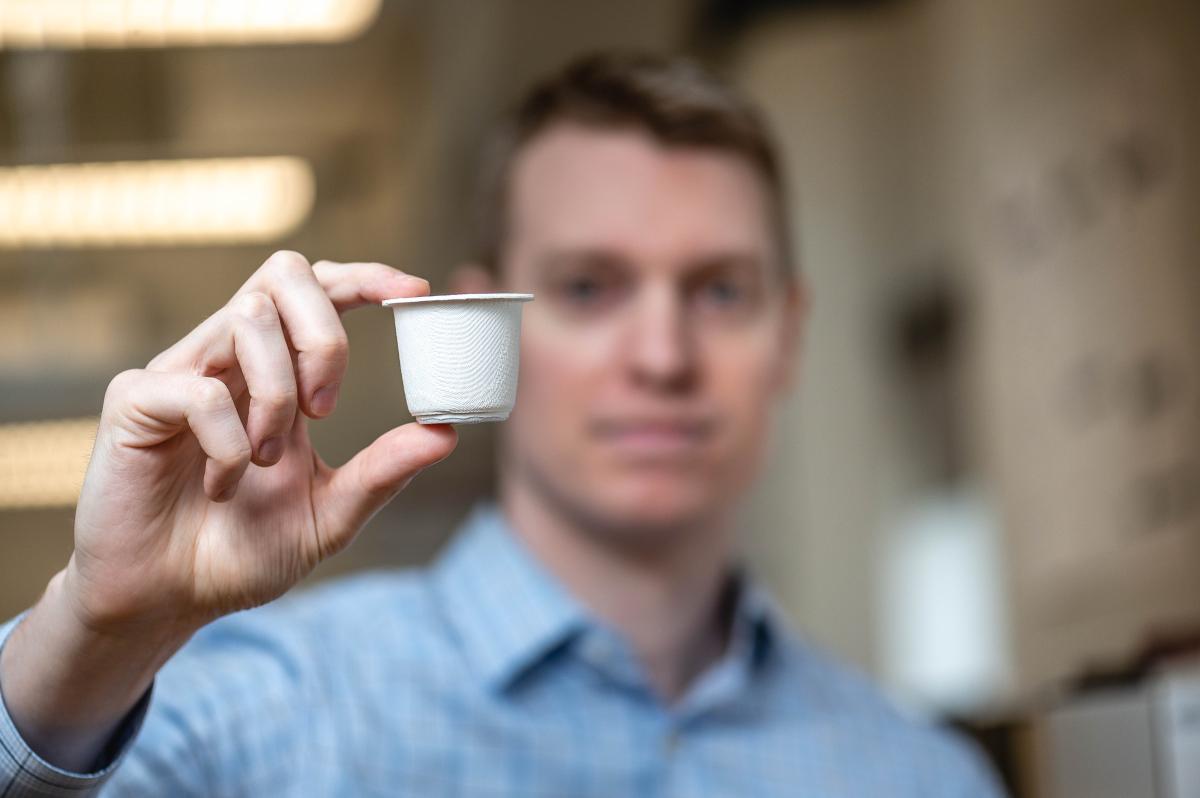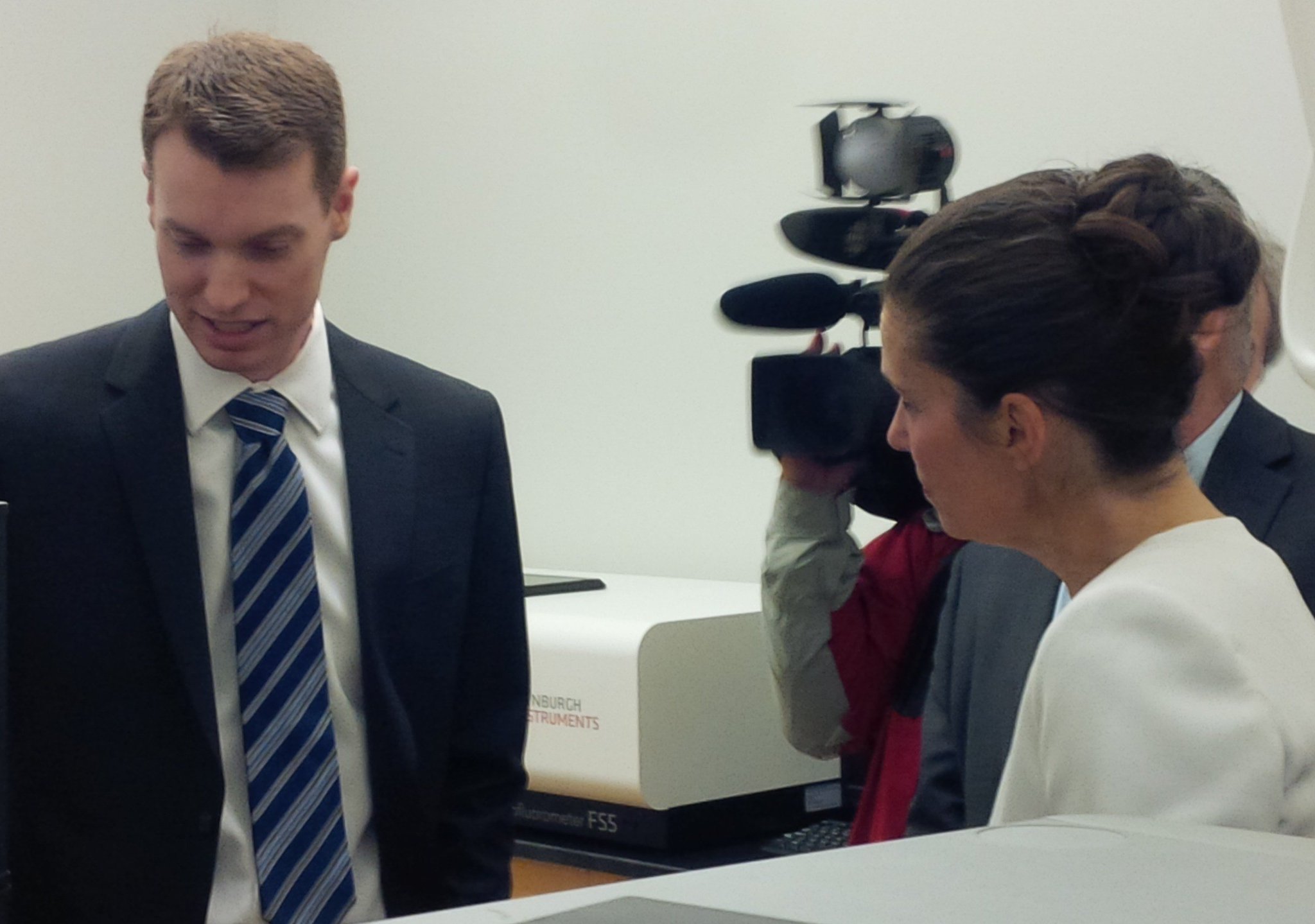 Amidst mounting concerns over the environment and sustainability, researchers across diverse disciplines are tirelessly exploring innovative solutions to tackle these pressing global issues. Their efforts span a wide range of areas, from developing eco-friendly materials to reducing greenhouse gas emissions, minimizing toxic pollution, and mitigating waste production. With a commitment to advancing sustainable practices, these researchers are driving progress toward a healthier and more resilient planet.
Amidst mounting concerns over the environment and sustainability, researchers across diverse disciplines are tirelessly exploring innovative solutions to tackle these pressing global issues. Their efforts span a wide range of areas, from developing eco-friendly materials to reducing greenhouse gas emissions, minimizing toxic pollution, and mitigating waste production. With a commitment to advancing sustainable practices, these researchers are driving progress toward a healthier and more resilient planet.
Zac Hudson is one of these researchers. His research focuses on both fundamental and applied research in luminescent materials chemistry as he is developing sustainable materials that can be used in everything from energy-efficient displays to bioimaging and photocatalysis. In this interview, Hudson discusses the role of universities in promoting sustainability and reducing reliance on fossil fuels, the importance of interdisciplinary collaboration, and how he involves students in his research program. He also offers advice for students interested in pursuing careers in sustainable materials or environmental science.
Words by Aylin Turker, Digital Content Creator
Could you tell us a little about yourself and what your research focuses on and how does that relate to sustainability?
I'm the Canada Research Chair in Sustainable Chemistry here at UBC. I got my Ph.D. making materials for energy-efficient displays. These use organic light emitting diode or OLED technology and now underpin the technology used in many modern cell phones and televisions. I then did two postdoctoral fellowships, one in the UK and one in California that focused on polymer chemistry. My research group at UBC now does work at the interface of polymer and materials science. My group seeks to develop sustainable technologies using light-emitting materials. These include light-emitting materials for energy-efficient displays, photocatalysts that drive chemical reactions using light, and fluorescent probes for biological imaging. I like to think of light as the most sustainable chemical reagent: it costs essentially nothing, creates zero waste, and is non-toxic. As such, driving chemical reactions with light is an efficient and low-waste approach to sustainable chemistry.
As a researcher in the field of sustainable materials, what role do you see universities and academic institutions playing in promoting sustainability and reducing our reliance on fossil fuels?
Universities play many key roles in creating a sustainable future.
One of them is in education: helping to create the next generation of young people that are aware of sustainability issues and that will make choices either when they're buying things or in the voting booth that will help  create a more sustainable society.
create a more sustainable society.
The second is to actually create the technologies that are going to improve the way that we live our lives. A lot of sustainability problems that exist today exist because we don't have good alternatives to unsustainable practices, or those good alternatives are too expensive. For example, electric vehicles don't emit CO2 when you drive them, but in general, they are quite expensive. So bringing the cost of these down (for example by using more terrestrially abundant materials in the batteries) will help tremendously with consumer adoption.
Then finally, another really important thing that the university does is train the workforce needed to drive the green transition. Whether you’re developing solar cells or compostable plastics or light-driven chemical reactions, advanced education is a key part of that. So education, innovation, and training and three areas where universities make a big difference.
How do you balance the need for more sustainable materials with the need for performance and durability in consumer products such as packaging and displays? How do you prioritize different factors when developing new materials?
A really important thing for any materials designer to understand is very few consumers will choose a more sustainable option for a product if its performance is worse than the standard. If you want to make sustainable packaging, it needs to behave similarly to packaging that is based on fossil fuels for people that are considering using it. If you want to make an electric car that people will actually buy, it needs to be as comfortable and go approximately as far as a gasoline-powered car for people to buy it. So, I don't really view performance and sustainability as something to balance - performance is the target of sustainable materials research. When you start to create a new product or a process, you are targeting performance on par with or better than the state of the art in most situations.
Can you speak to the importance of interdisciplinary collaboration in addressing sustainability challenges, particularly in the fields of chemistry, engineering, and the life sciences? How does your research group work with other disciplines to bring your discoveries to life?
The research pipeline to solve complex and global problems essentially requires collaboration as a prerequisite for success now, and technology translation is a big reason why. It's great when technology is developed in a lab that works well and is more sustainable, but that has a very minimal impact if it's not actually  translated into the real world where people will use it. So if we develop, for example, a new material for energy-efficient lighting, we then need to work with materials engineers to put that in a functional device. Then they would need to work with an electronics manufacturer to put it into a display panel. And then that company needs to work with, of course, marketing and distribution and supply chains and so on to create something that people buy. So to actually make an impact, you need to transcend disciplines not only in research but in other areas of the economy so that people will use it.
translated into the real world where people will use it. So if we develop, for example, a new material for energy-efficient lighting, we then need to work with materials engineers to put that in a functional device. Then they would need to work with an electronics manufacturer to put it into a display panel. And then that company needs to work with, of course, marketing and distribution and supply chains and so on to create something that people buy. So to actually make an impact, you need to transcend disciplines not only in research but in other areas of the economy so that people will use it.
Within my own group, we work with both large and small companies to address sustainability problems. For instance, we've had an excellent collaboration for three years now with Bristol Myers Squibb, which is a large pharmaceutical company developing new, light-driven photochemical reactions. Their expertise in drug discovery and the practical implementation of a chemical process in scaled-up pharmaceutical production is really important to communicate to us what their technology needs are. We also work all the time with other researchers at this university and other universities because many of the problems we want to solve are very complex and require a lot of different skills to get there.
How do you involve students in your research program and help them develop skills that are relevant to sustainability and the environment? What advice would you give to students interested in pursuing careers in sustainable materials or environmental science?
Students and postdoctoral fellows drive all of the research that we do in our group and are often the ones coming up with the creative solutions that are making the biggest impact. They are involved in all stages of the research process from planning to execution to dissemination. To young people interested in sustainable materials research, I would say that this field is only set to grow. The world is becoming increasingly aware that business as usual, where we just destroy the planet constantly, is not a way to move forward. There are many exciting, lucrative, meaningful careers to be had in this space, that will also offer the chance to make a positive difference in the world.
With the growing public concern about the environmental impact of plastics and other materials, what do you see as the biggest opportunities and challenges in the field of sustainable materials in the coming years?
The biggest challenge with sustainable materials is very often cost. Once you come up with a material that works just as well and is cheaper than the alternative, the consumer will buy it – whether it is sustainable or not. So, whether it's electric cars, sustainable plastics, or efficient light sources, driving down costs to be competitive with existing technologies so that people will use them is key to achieving implementation. A perfect example of this is solar photovoltaics – these were very expensive for many years, but are now the cheapest way to generate electricity in many parts of the world, and as a result, solar cell deployment has exploded. So bringing costs down is essential to sustainable technologies, some of which will happen naturally as production scales up.
Where can individuals who are not specialized in your field access and view the results of your sustainable materials research?
 The research group that I lead is involved in the development of a wide range of technologies, spanning from lighting to photocatalysis used in process chemistry, and even biological imaging. As a result, the technologies we create have the potential to be applied in various fields, from the manufacturing of some of the pharmaceuticals that people take to the screens on their cell phones. Although our lab's work is not primarily focused on commercialization, the applications of our technologies can be found in many different areas. We also publish all of our work in peer-reviewed journals for other scientists and the public to read about.
The research group that I lead is involved in the development of a wide range of technologies, spanning from lighting to photocatalysis used in process chemistry, and even biological imaging. As a result, the technologies we create have the potential to be applied in various fields, from the manufacturing of some of the pharmaceuticals that people take to the screens on their cell phones. Although our lab's work is not primarily focused on commercialization, the applications of our technologies can be found in many different areas. We also publish all of our work in peer-reviewed journals for other scientists and the public to read about.
